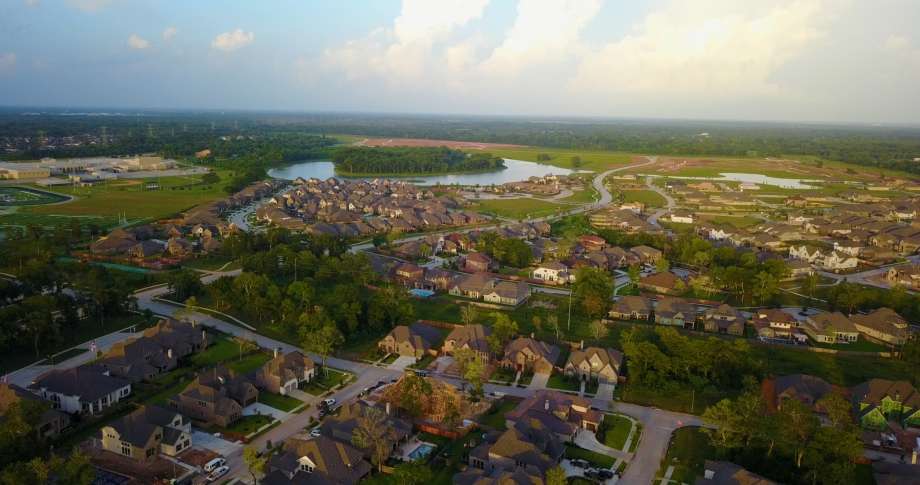





Please make sure you are registered through our system to setup payments and communication going forward, https://magnolia.cincwebaxis.com/ , there is how-to information on this page as well. Once registered we must approve and validate the information on our end, once approved you will receive a login code via email to login and access your account.
Are you looking for a reliable, conscientious, accountable property management firm in the Houston Metro Area or beyond? Well, look no further, Magnolia Property Management has the answers to all your management needs.
Magnolia Property Management has been in business since 1999, with the emphasis being on enhanced communications between the Board and the property owners.
With Magnolia Property Management's custom management style, the Board is in charge, of the management company, ensuring that their directives are carried out in an expeditious manner.
If you would like to learn more about the company and what we have to offer head over to our About section or give us a call at 281-599-0098. We look forward to speaking with you!

The team at Magnolia Property Mangement are experts at HOA management, from accounting to inspections.
Have confidence in us to provide excellent service to every resident. If a customer cannot find their answer online we are always more than happy to help!
Residents and board members can always access their accounts online or call our office. We always return calls within 24 hours.
Magnolia Property Management has been in business since 1999, with the emphasis being enhanced communications between the Board and the property owners.
Feel free to reach us at 281-599-0098 or email us directly!